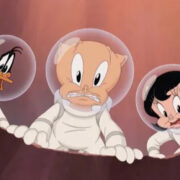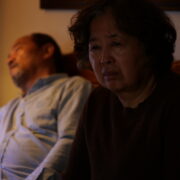Berlinale 2020: DEATH OF NINTENDO
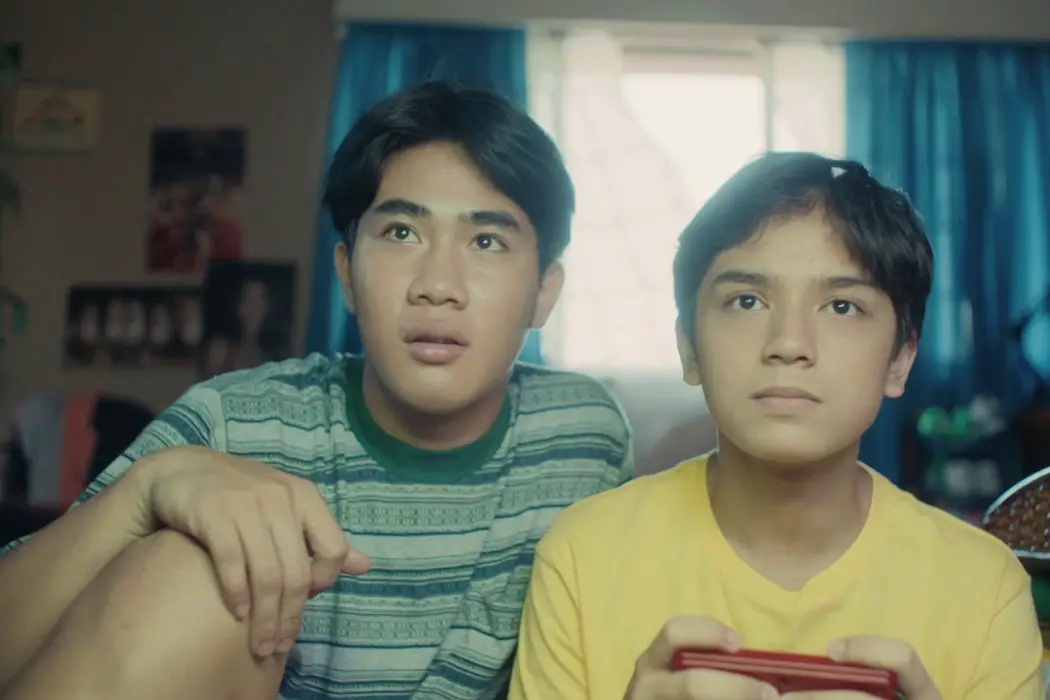
Wilson is a cinema enthusiast based out of Toronto, Canada.…
It’s the early 1990s, and a group of friends are roaming aimlessly through their suburban neighbourhood in pursuit of mischief and adventure. While a description like this aligns perfectly with so many classic American films of that area, it also happens to describe Raya Martin’s Philippines set coming-of-age tale, Death of Nintendo. The film relishes in American pop cultural references, but is also a refreshingly original take on what should be a fairly universal narrative. Being a fan of Nintendo isn’t a prerequisite, but it certainly won’t hurt.
Death of Nintendo follows Paolo (Noel Comia Jr.), Kachi (John Vincent Servilla), Gilligan (Jiggerfelip Sementilla) and Mimaw (Kim Oquendo) – the only girl of the group – as they traverse the sweltering heat of summer in the Philippines. They spend their days obsessing over Nintendo games and basketball, all while dealing with power outages from volcano eruptions around the city. As Paolo and Mimaw both experience heartbreak for the first time, the group’s blissful summer is also marked with the trials and tribulations of growing up.
The transformative powers of nostalgia
In the vein of more recent efforts like Stranger Things and Super 8, nostalgia takes a front seat in the vehicle that drives the film’s narrative voice. And while much of the references will surely take higher flight for Filipino audiences, there’s certainly a lot of common ground for North American viewers as well. From the dominating popularity of Nintendo console games, to the god-like status of Michael Jordan, the hints of nostalgia are hard to ignore for anyone who grew up during that era.
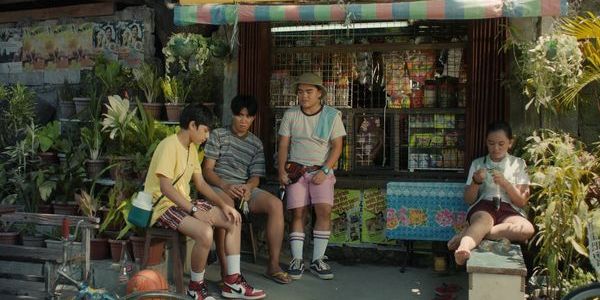
And unlike a lot of films that capitalize on nostalgic imagery simply for the sake of entertainment, its placement certainly feels more purposeful in Death of Nintendo. Martin uses nostalgia to remind viewers about the reverence of innocence and imagination, which continues to escape the collective minds of adults (both in real life and in the film). Seeing Paolo and his friends obsess over 1990s popular culture makes it possible for any adult audience to relive those hopeful feelings as well. It almost artificially re-creates a coming-of-age experience for audiences, which speaks to the transformative nature of both the film, and cinema itself.
Creating a mature characterization of children
Even without knowing that Valerie Martinez included many aspects of her own personal life into the film’s screenplay, Death of Nintendo is sure to feel inherently personal. There’s a sense that the filmmakers put their heart into the material, and nuances in everything from the film’s dialogue to its set design seems to have come from a deeper place of passion. And as a result of coming from such a personal place, we end up with characterizations of children that somehow embody a certain level of maturity, yet still behaving appropriately for their stated age.
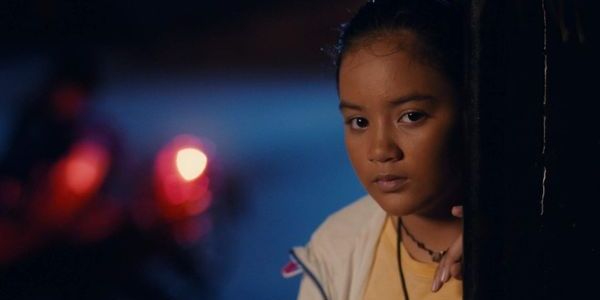
Don’t get me wrong, the kids are still kids, but their response to adversity is one that doesn’t sideline them into the caricatures we’re used to seeing in most coming-of-age tales. They respond in a way that we would likely imagine ourselves to have responded at that age, with poise and thoughtfulness, but not overly artificial to the point of appearing precocious. It’s not unique for a film to hit this sweet spot with both its material and young adult performers, but it’s difficult and is far from a given. Kudos certainly goes to Martinez’s attention to detail, as well as the film’s indelibly talented young cast.
Final Thoughts
Although Death of Nintendo may not be the most ingenious piece of filmmaking, it does manage to find a focal point of inspiration despite adhering to the very familiar tropes of the coming-of-age narrative. Having Martin and Martinez infuse the genre with both a cultural and personal twist has resulted in a truly unique cinematic experience. The film doesn’t aspire to break any creative ceilings, but does perfectly fine within its own creative sandbox.
Watch Death of Nintendo
Does content like this matter to you?
Become a Member and support film journalism. Unlock access to all of Film Inquiry`s great articles. Join a community of like-minded readers who are passionate about cinema - get access to our private members Network, give back to independent filmmakers, and more.
Wilson is a cinema enthusiast based out of Toronto, Canada. He escapes from his day job by writing random thoughts about cinema on the internet. Although he has a longstanding penchant for Hong Kong cinema, he considers himself to be an advocate for Asian cinema in general. He has been attending the Toronto International Film Festival every year since 2005, and more of his work can be found on his website: www.wilson-kwong.com.




